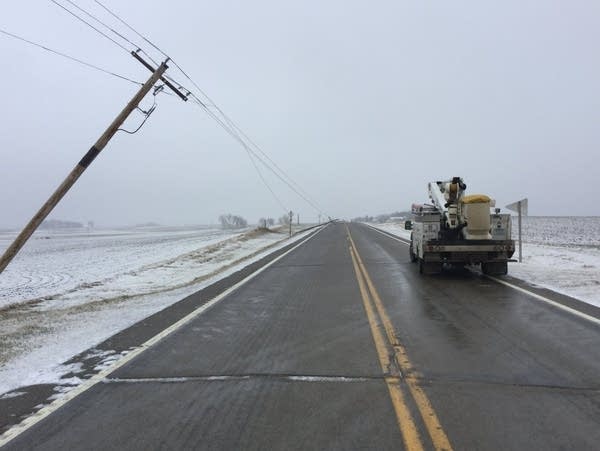Winter storm left costly damage in southern Minnesota

Damaged power poles are seen along a southern Minnesota highway after a storm brought ice and wind to the region from April 10 through 12.
Courtesy of Freeborn-Mower Cooperative file
Go Deeper.
Create an account or log in to save stories.
Like this?
Thanks for liking this story! We have added it to a list of your favorite stories.


